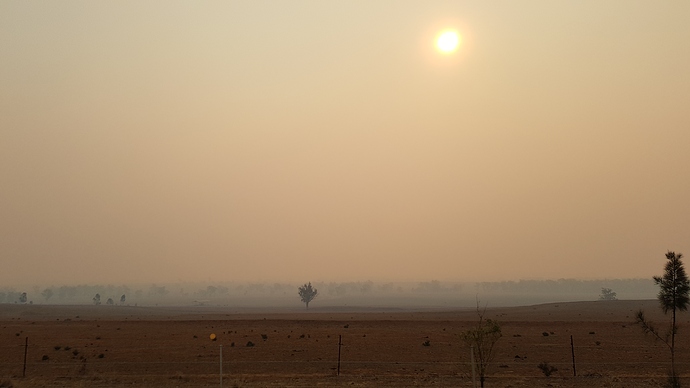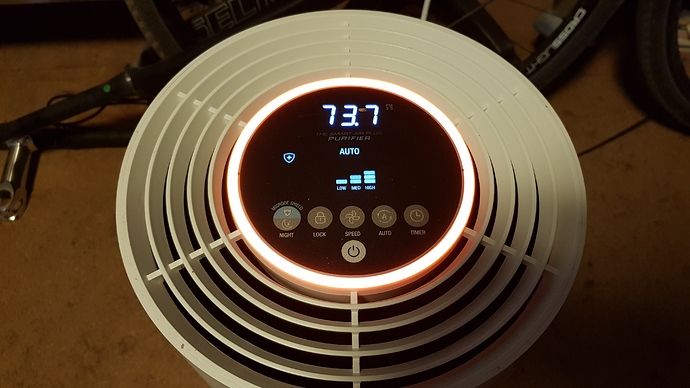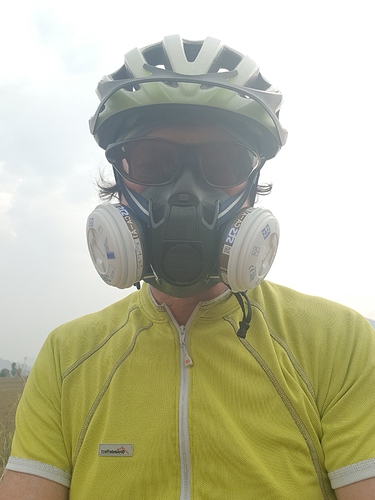With the ongoing bushfire disaster in Australia starting well before the traditional bushfire season, poor air quality is likely to be an issue for many over the summer period, extending into autumn if no significant rain events occur.
I’m in pretty good health generally, but extended periods of thick smoke, and occasional dust storms over recent months have been rather unpleasant, leading to sore throats, blocked noses and burning lungs quite frequently. That’s with avoiding my regular 2-5hour cycle rides 6-7 times per week, now I only go out when the air is reasonably clear (what used to be called hazy!), which is not very often.
I’ve been monitoring the NSW governments website here:
https://www.dpie.nsw.gov.au/air-quality/current-air-quality
However, I have found that the 24 hour rolling average of PM10 and PM2.5 only has a very loose correlation with the actual conditions. I am located about 30km from the Tamworth monitoring site, so would expect some variation, but watching the high resolution Himawari 8 satellite images I can judge how similar my location is to Tamworth.
Basically the 24 hour rolling average presented by the government website is pretty useless as a guide to air quality. Right now Tamworth’s Air Quality Index is 457, but at this time yesterday the air was reasonably clear, so clearly it has been much worse than 457 for some of the time. I know it has been worse here than in Tamworth this morning, as I was in a thicker stream of smoke from a number of fires 20-40km ESE of here. The hazardous level for people with no health issues is 200.
Given the lack of usefulness of the existing available data, I phoned the EPA this morning and discussed it with a technician. He told me the Visibility NEPH (a nephelometer is the instrument used to measure it) is the best column to use for current conditions, since it has 1 hour averages listed.
That’s all very well if you live in Sydney, but Tamworth and many other rural locations do not have this data listed. He was going to talk to the science guys about it to see why, and said he would get back to me.
I don’t know anyone who is knowledgeable about the actual health issues, but I imagine there are acute and chronic symptoms associated with exposure to high levels of particulate pollution, particularly the smaller PM2.5 and under particles.
So, if an AQI of 200 is hazardous for all, and 66 is good, why is 20 minutes of exercise in AQI 200 air any worse than 1 hour in AQI 66 (= good, everyone can enjoy all outdoor activities). Surely they both represent the same quantity of particles inhaled?






